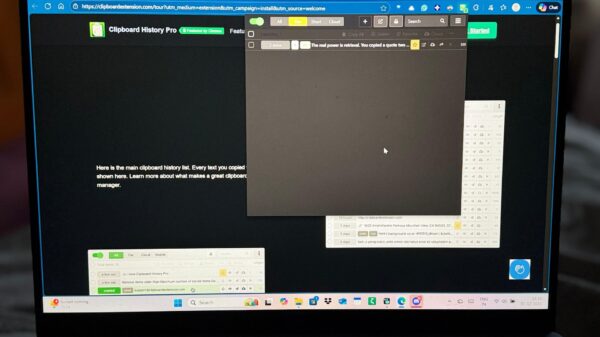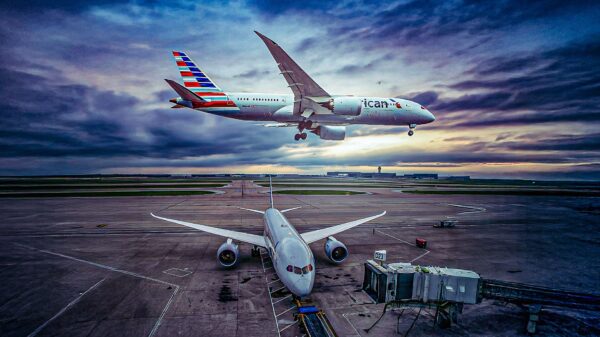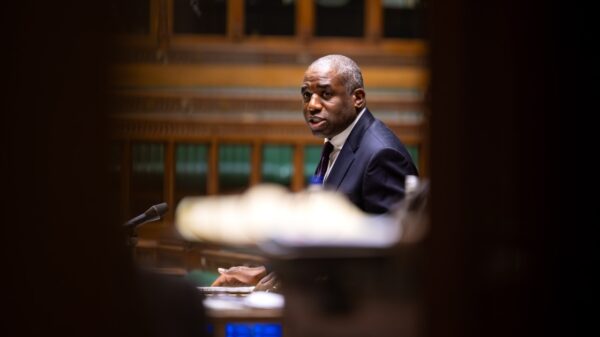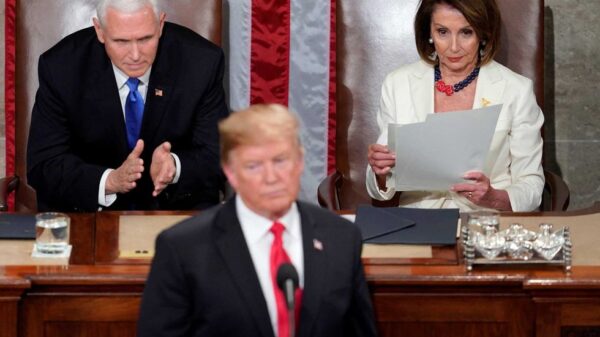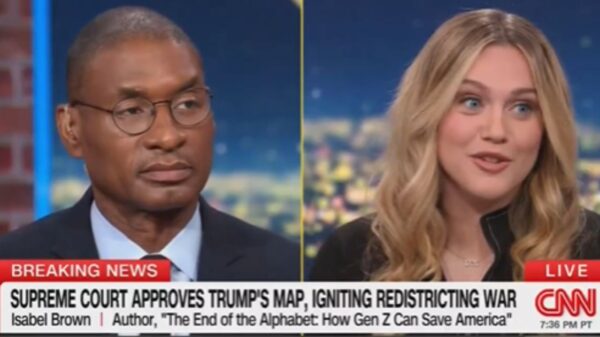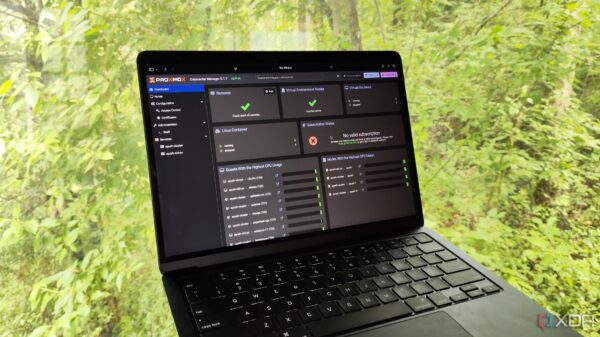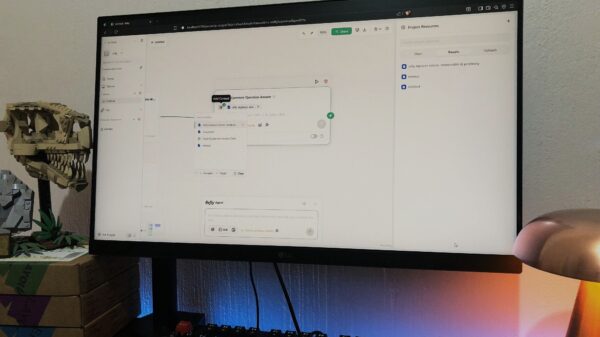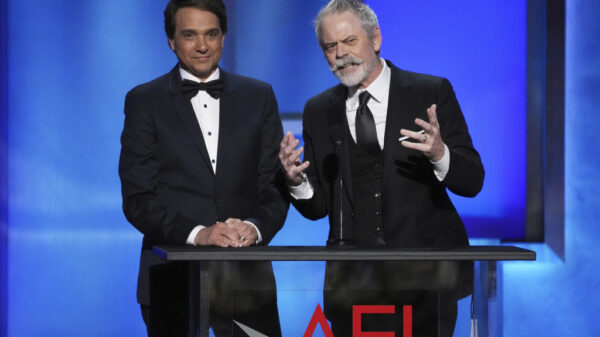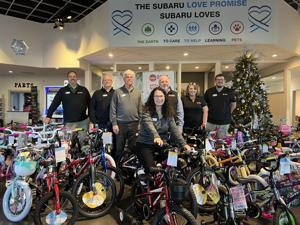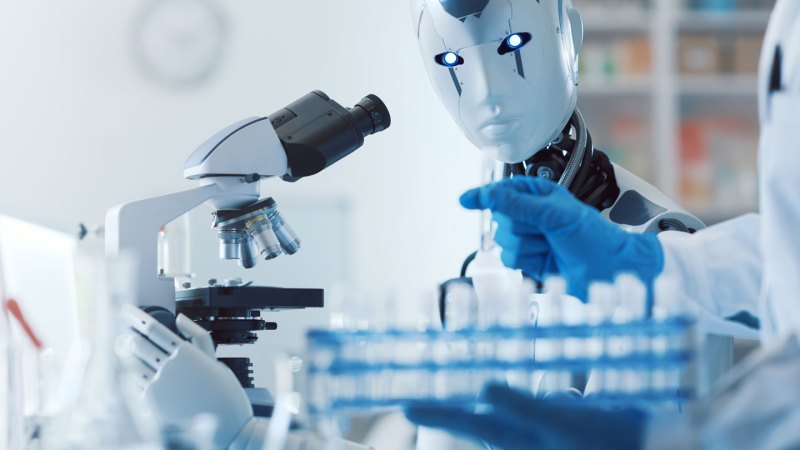A groundbreaking conference, titled Agents4Science 2025, took place on October 22, 2025, exploring the potential of artificial intelligence (AI) in scientific research. The event accepted paper submissions from various scientific fields, with the stipulation that AI would perform most of the work involved. This innovative approach aimed to assess AI’s capabilities in conducting research, from formulating hypotheses to analyzing data and providing initial peer reviews.
During the virtual event, AI systems, particularly those combining large language models with other tools, took the lead in the research process. Out of 314 submissions, only 48 papers were selected for presentation. Each paper detailed the collaboration between humans and AI at every stage of the research and writing process. According to James Zou, a computer scientist at Stanford University and co-organizer of the conference, this initiative represents a significant paradigm shift in scientific collaboration. He noted, “People are starting to explore using AI as a co-scientist.”
Currently, most scientific journals and conferences prohibit AI co-authors and do not allow peer reviewers to rely on AI due to concerns about inaccuracies and other related issues. As a result, researchers have limited opportunities to evaluate AI’s effectiveness in scientific inquiry. Zou described the conference as an experiment, with all materials made publicly available to encourage further exploration of AI’s role in science.
The papers presented at the conference covered multiple disciplines, including economics, biology, and engineering. Min Min Fong, an economist from the University of California, Berkeley, collaborated with AI to analyze car-towing data in San Francisco. Her research revealed that waiving high towing fees allowed low-income individuals to retain their vehicles. “AI was really great at helping us with computational acceleration,” Fong remarked. However, she cautioned that researchers must remain vigilant, citing an instance where the AI incorrectly referenced the date when the towing fee waiver was enacted. She emphasized that “the core scientific work still remains human-driven.”
Feedback from reviewers highlighted both the potential and limitations of AI in scientific research. Risa Wechsler, a computational astrophysicist at Stanford involved in the review process, found the submissions to be technically accurate but lacking in significance. “The papers I saw were neither interesting nor important,” she stated. While expressing enthusiasm for AI’s research potential, she raised concerns about whether current AI agents can formulate robust scientific questions. Wechsler noted that AI’s technical capabilities might obscure poor scientific reasoning.
Despite some reservations, the conference showcased promising examples of AI’s ability to contribute to scientific inquiry. Silvia Terragni, a machine learning engineer at Upwork, shared her experience using AI to brainstorm research ideas relevant to her company’s challenges. One of the concepts generated by the AI was ultimately selected as one of the top three papers presented at the conference, focusing on the application of AI reasoning in job marketplaces. “I think [AI] can actually come up with novel ideas,” she concluded.
As the use of AI in scientific research continues to expand, events like Agents4Science 2025 play a crucial role in assessing its effectiveness and addressing the challenges that accompany this new frontier. The collaboration between human researchers and AI agents has the potential to redefine how scientific knowledge is generated and validated, paving the way for future innovations in various fields.

